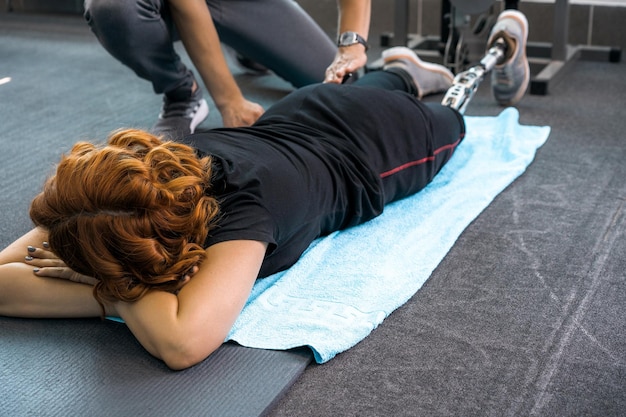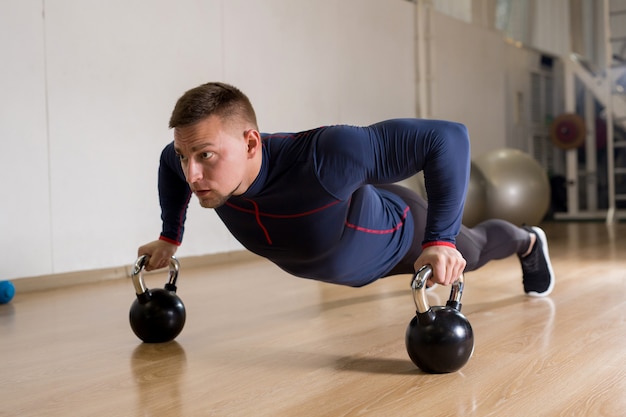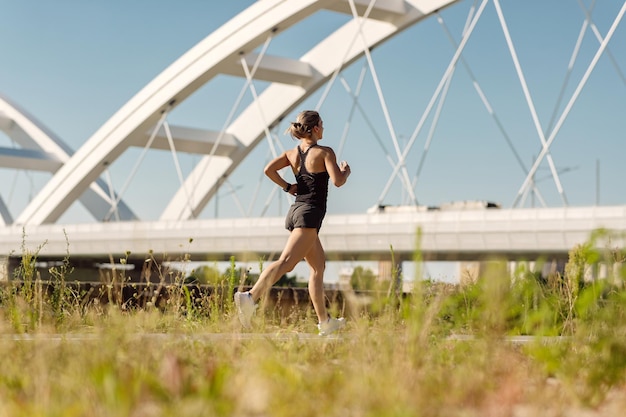The Ultimate Flexibility Guide for Home Exercisers: Tips, Weekly Goals & Safety Tips
Flexibility is a cornerstone of overall fitness, yet it's often overlooked—especially by those who exercise at home. Whether you're doing bodyweight workouts, yoga, or strength training, incorporating flexibility training enhances mobility, reduces injury risk, and improves daily function. This comprehensive guide delivers a complete flexibility checklist tailored for home exercisers, complete with actionable tips, weekly targets, and essential safety reminders.
Why Flexibility Matters at Home
When working out from home, your environment may lack the structured routines and professional guidance found in gyms. That’s why building a consistent flexibility practice is crucial. Improved flexibility leads to better posture, reduced muscle tension, and increased joint range of motion—all of which support more effective workouts and fewer aches.
Unlike traditional gym-goers, home exercisers must be more intentional about recovery and mobility. Without scheduled cool-downs or stretching sessions, tight muscles can quickly become a problem—especially if you're sitting for long periods between workouts.
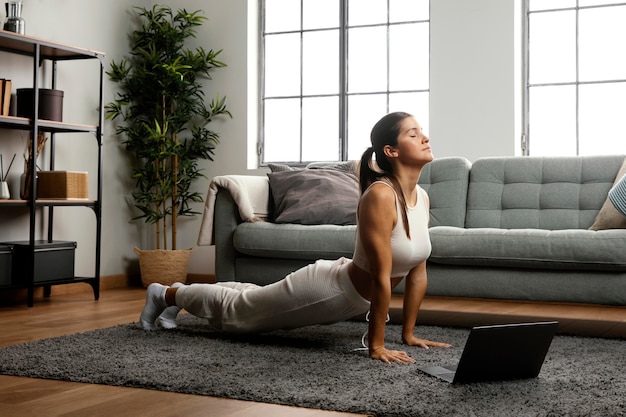
Your Complete Flexibility Checklist
Use this checklist to build a sustainable and effective flexibility routine. Perform these steps weekly to track progress and stay consistent.
- Warm Up First: Never stretch cold muscles. Spend 5–10 minutes doing light cardio (e.g., marching in place, jumping jacks).
- Target Major Muscle Groups: Focus on hamstrings, hips, shoulders, lower back, calves, and chest.
- Hold Each Stretch 20–30 Seconds: Avoid bouncing. Stretch until you feel mild tension, not pain.
- Stretch Both Sides Equally: Imbalances can lead to strain. Be mindful of symmetry.
- Breathe Deeply: Inhale through the nose, exhale slowly through the mouth to help muscles relax.
- Include Dynamic and Static Stretches: Use dynamic stretches (arm circles, leg swings) pre-workout and static stretches post-workout.
- Use Props When Needed: A yoga mat, resistance band, or towel can improve form and comfort.
- Track Your Progress: Keep a simple log of how far you can reach or how long you can hold a pose.
Weekly Flexibility Targets
Consistency beats intensity when it comes to flexibility. Here’s a realistic weekly plan for home exercisers:
Beginner (0–4 weeks)
- Stretch 3 days per week (e.g., Monday, Wednesday, Friday)
- 10–15 minutes per session
- Focus on full-body static stretches
- Goal: Hold each stretch for 20 seconds, complete 6–8 stretches per session
Intermediate (5–12 weeks)
- Stretch 4–5 days per week
- 15–20 minutes per session
- Incorporate dynamic stretches before workouts
- Goal: Increase hold time to 30 seconds; add 1–2 new stretches
Advanced (12+ weeks)
- Stretch 5–6 days per week
- 20–30 minutes per session
- Add yoga or mobility flows 2–3 times weekly
- Goal: Achieve full range of motion in key joints; maintain pain-free movement
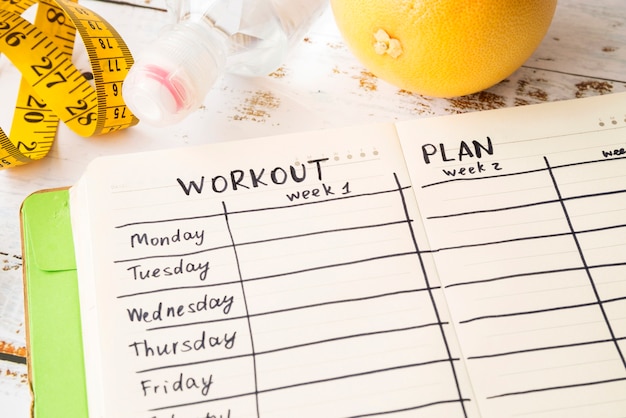
Essential Safety Reminders
Flexibility training is safe for most people when done correctly. Follow these safety tips to avoid injury:
- Never Force a Stretch: Flexibility takes time. Pushing too hard can cause muscle strains or joint damage.
- Avoid Overstretching: If you feel sharp pain, stop immediately. Mild discomfort is normal; pain is not.
- Modify for Your Body: Not all stretches work for everyone. Adjust based on your mobility and comfort.
- Stay Hydrated: Dehydrated muscles are more prone to cramping and tightness.
- Listen to Your Body: Some days you’ll be tighter than others—adjust accordingly.
- Consult a Professional if Needed: If you have chronic pain or a medical condition, seek guidance before starting a new routine.
Simple Stretches to Start With
Here are five beginner-friendly stretches perfect for home exercisers:
- Seated Forward Bend: Stretches hamstrings and lower back. Sit with legs extended, reach for toes.
- Chest Opener: Improves posture. Clasp hands behind back and lift gently.
- Knee-to-Chest Stretch: Releases lower back tension. Lie on your back and pull one knee at a time.
- Standing Calf Stretch: Use a wall for support. Step one foot back and press heel down.
- Shoulder Rolls: Dynamic move to warm up upper body. Roll shoulders forward and backward.
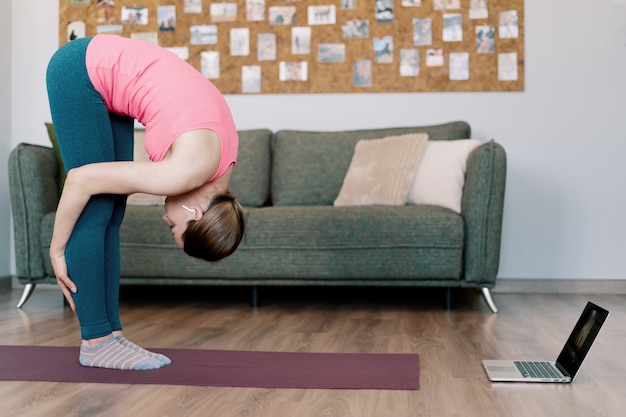
Final Thoughts
Flexibility isn’t just for gymnasts or yogis—it’s a vital component of health for everyone, especially home exercisers. By following this guide, using the checklist, setting weekly goals, and prioritizing safety, you’ll build a sustainable routine that enhances your overall fitness journey.
Start small, stay consistent, and celebrate progress—whether it’s touching your toes or simply moving with less stiffness. Your body will thank you.









